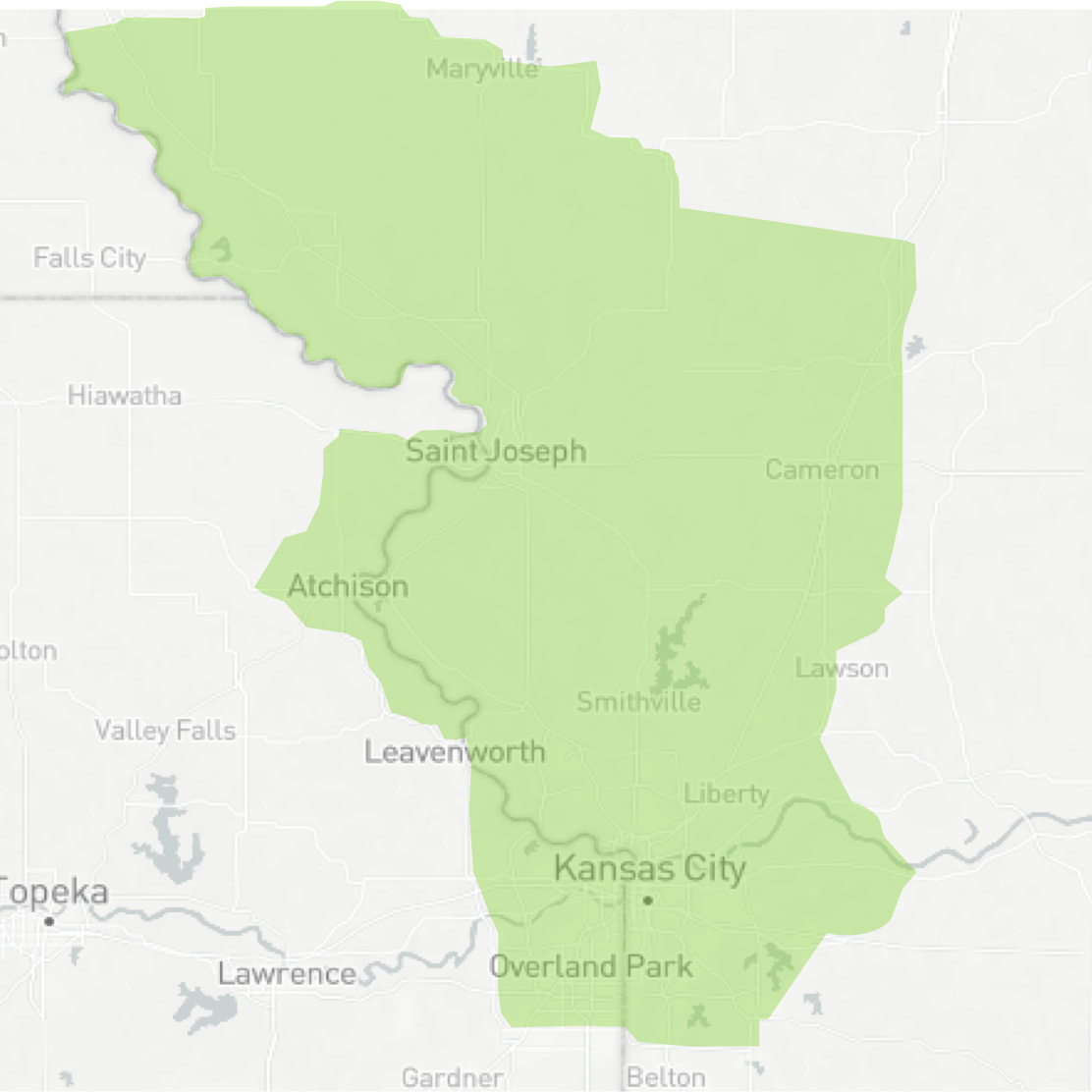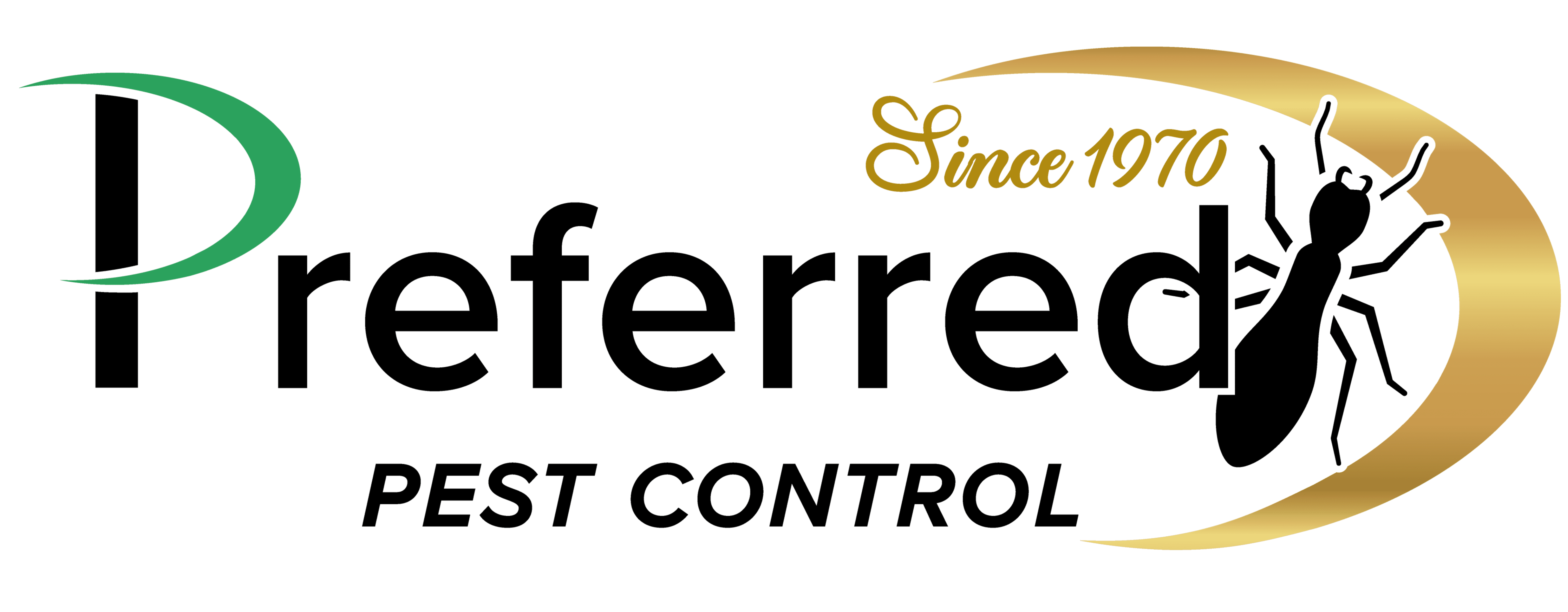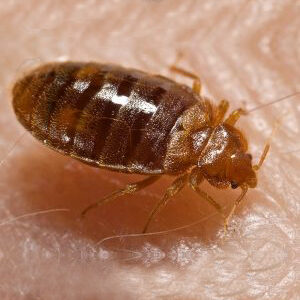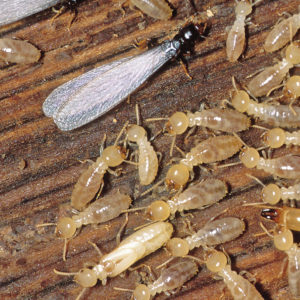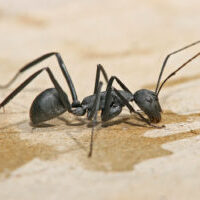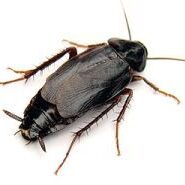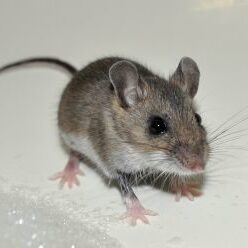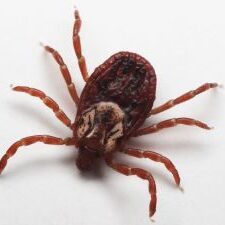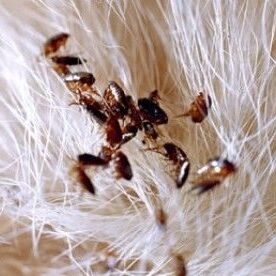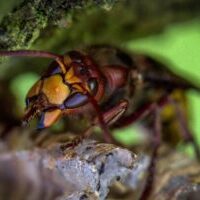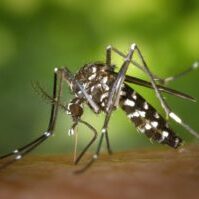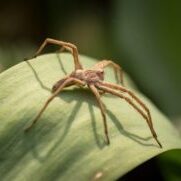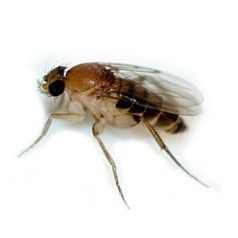
PHARID FLIES
Phorid flies, also known as humpbacked flies, are small flies that resemble Fruit Flies in appearance. They are usually tan to dark brown in color. The Phorid Fly lacks the red eye color that is the classic trademark of the Fruit Fly. Phorid Flies are in the small category of flies, measuring up to 1/8 inch in length, including the wings.
The most prominent feature of this fly is the humpbacked shape of its thorax. The severe arch of the thorax gives it the common nickname of humpbacked fly. A key identifying trait is that the adult Phorid fly has a distinctive habit of running rapidly across surfaces instead of immediately flying when disturbed. Most flies immediately take flight.
Phorid flies have been found to breed in poorly stored meats, damaged containers of moist foods, and organic-based glues and paints. Adults phorid flies are most active during the warmer months of the year, but can be active during the winter months. The Phorid fly is common in many habitats, but are more abundant in decaying plant and animal matter.
The phorid fly breeds primarily in and feeds on moist decaying organic matter. The phorid fly can be found breeding wherever moisture exists, such as around plumbing and drains in bathrooms and kitchen areas, garbage containers, crawl spaces and basements.
Because it frequents unsanitary areas this fly is of particular concern to hospitals, health care facilities and restaurants. Phorid fly larvae have been found in the open wounds of patients in health care facilities.
The Phorid fly life cycle is: egg, larvae, pupa and adult. Eggs are deposited on or near surfaces of decaying organic matter. The female phorid fly will lay about 40 eggs over a 12 hour period. The larvae emerge and feed for several days, then crawl to a drier spot to pupate. The life cycle varies from 14 days to 37 days.
Adult Phorid Flies are fairly common in many habitats, but are most abundant about decaying plant and animal matter. When searching for Phorid fly breeding sources, remember that the larva can only survive in decaying organic matter that is moist.
In structures, Phorid Flies can be found breeding wherever moisture exists around plumbing and drains in bathroom and kitchen areas, garbage containers, garbage disposals, crawl space areas and basements.
When searching for the breeding sources of Phorid flies, keep in mind that the larvae can survive only in moist, decaying organic matter. The first spot that should be checked are the floor drains, if any are present. Fly larvae live in the moist film that develops on the sides of a drain and in debris which may become trapped on the edge of the drain. The presence of numerous adult flies inside a drain is a good sign that the drain is a breeding site.
To determine if Phorid flies are exiting through cracks in a floor or from a drain, place pieces of masking tape or an insect monitor glue board over the crack of the drain opening. Leave space between the trap to allow air movement for the flies to follow. If flies are exiting the openings, some of them will become stuck to trap.
Other areas to check are where any fruits or vegetables or stored outside of refrigerators or coolers. Also inspect recycling bins, garbage cans, and underneath refrigerators.
In commercial and residential structures, tiny amounts of organic debris are often found where the legs or feet of appliances, tables or cabinets touch the floor. Restaurants, bakeries and food processing facilities use water hoses to wash the floors. Water under pressure can force food debris and moisture into the cracks and crevices where it ferments and starts breeding sites. These breeding sites can harbor thousands of fly larvae. All small cracks and crevices at floor level need to be inspected and thoroughly cleaned. Use a small spatula or knife to scrape any debris from inside the cracks and crevices for inspection of live larvae.
Flies are not always breeding near where they are found. Because they can fly, the breeding source can be located in another area. Phorid Flies easily follow air currents and usually have several breeding places in any structure. Do not assume that all of your breeding sources are indoors; Phorid Flies will wander in from nearby dumpsters, outdoor garbage cans or even damp compost piles where fruits and vegetables are disposed.
Trash containers which are not cleaned regularly are another good source for Phorid Flies.
- Other sites where Phorid Flies might be found include garbage disposals, rotting meat and vegetables, the overwatered soil of potted plants, and fresh flowers in vases. They have also been found breeding in dirty mops in janitor closets and laundry rooms, animal feces, faulty septic systems, and human cadavers. Don’t stop looking when one breeding source has been found. In most cases, several breeding sources will be present.
EXPERTS IN PEST CONTROL SINCE 1970!
Enter your information or call
(816) 279-2000
By clicking “GET ESTIMATE” I authorize Preferred Pest Control to contact me at this number. I understand I am not required to make a purchase.
PREFERRED PEST CONTROL
At Preferred Pest Control & Home Inspections, we offer comprehensive indoor and outdoor pest extermination and treatment services to stop infestations at their source. Our qualified exterminators are equipped to inspect your home environment, identify the scope of the problem, and determine the best course of action to eliminate those unwanted pests.
And when you hire us, you’ll benefit from our:
-
Reasonable pest extermination rates.
-
Easy, convenient appointment scheduling.
-
Dedication to your safety and comfort.
If you think you might have a pest problem, don’t wait to get help. Call today for more information or to request an estimate.
As the leading pest extermination provider in NW Missouri and NE Kansas, we're equipped to handle any pest that may pop up and protect your property from future problems.
AREAS WE SERVICE
